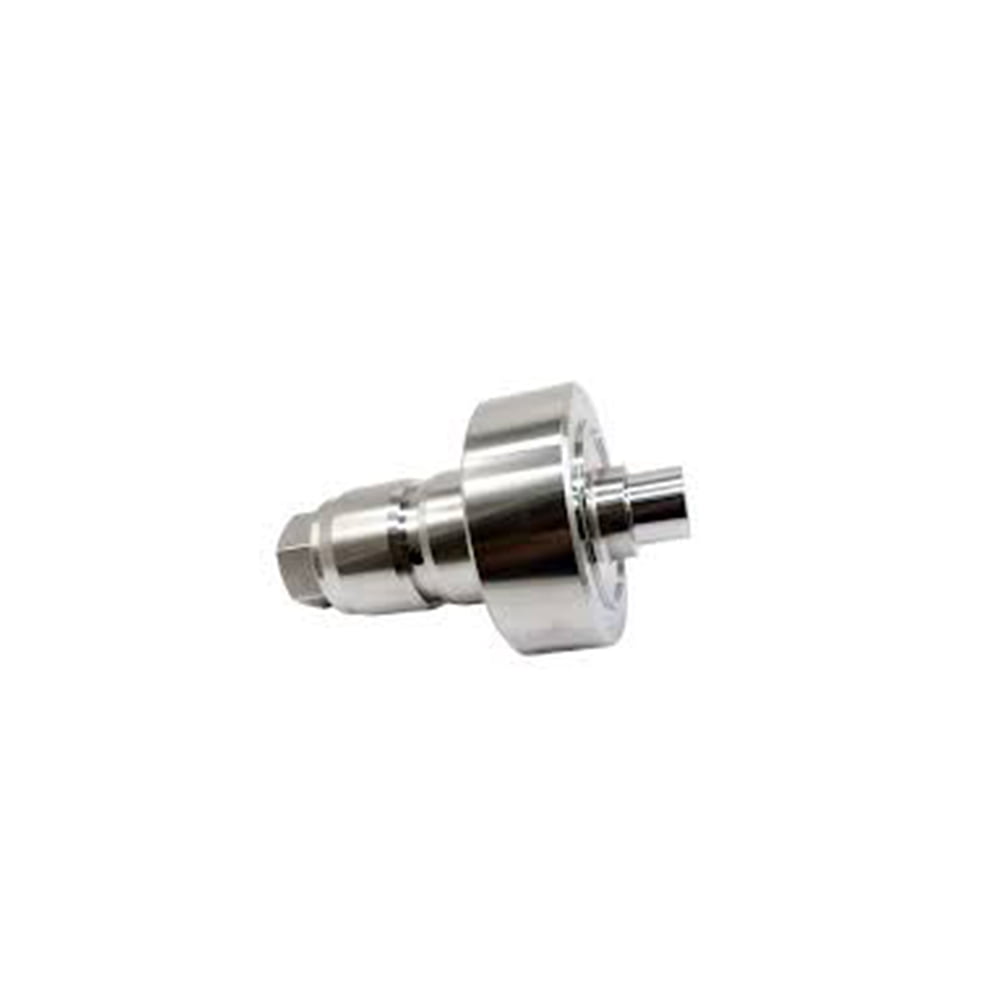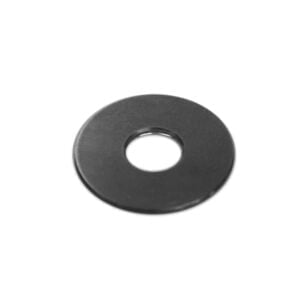Descrição
Waterjet Replacement parts: sealing head
Item number: 20417000
Details: Installed in the water jet intensifier, there are two sealing heads installed in both sides of intensifier

Related waterjet replacement parts:
| Número do item | Descrição |
| 10107894 | Inlet poppet valve |
| 05116777 | Glândula |
| 05112768 | Assento |
| 05116561 | Discharge poppet valve |
| 10118552 | Poppet retainer |
| 05147863 | Compression spring |
| 49884562 | Compression spring |
| 05116751 | Poppet pin |
Other waterjet replacement parts:
| Número do item | Descrição |
| 05059712 | HP Cylinder |
| 20417081 | Sealing Head Assembly |
| 20422243 | HP Seal Assembly |
| 10110393 | Seal Assembly |
| 80086622 | Hydraulic Cartridge Seal Assembly |
| 05007786 | Flange do Retentor de Buchas |
| 05127584 | Interruptor de proximidade |
FAQ of waterjet cutting machine & waterjet replacement parts:
What is the cutting gap for water jet?
The cutting gap of the water jet refers to the distance between the waterjet replacement parts the cutting nozzle that sprays water and the surface of the material to be cut. This gap is important because it determines the width of the kerf that the water jet makes. The cutting gap of a waterjet may vary depending on a number of factors, including the thickness and hardness of the material being cut, the pressure and flow of water, and the size of the waterjet replacement parts the cutting nozzle. Generally, waterjet cutting gaps range from about 0.1 mm to 1.5 mm, but can be adjusted to meet the specific needs of the cutting application. It is worth noting that some waterjet cutting systems use abrasive particles in the water stream to increase cutting power, and in these systems the cutting gap may be slightly larger to accommodate the abrasive particles. The cut gap for waterjet cutting, also known as hole diameter or hole size, typically ranges from 0.003″ to 0.020″ (0.076mm to 0.508mm). The cutting gap is the distance between the waterjet replacement parts cutting nozzle and the material being cut, which determines the thickness of the kerf (the width of the cut). A smaller cutting gap produces a finer, more precise cut, while a larger cutting gap produces a coarser cut with a wider kerf. The cutting gap is usually selected based on the material being cut and the desired cut quality. Harder and thicker materials may require larger cutting gaps to maintain cutting speeds, while softer and thinner materials may require smaller cutting gaps to maintain greater cutting speeds.




